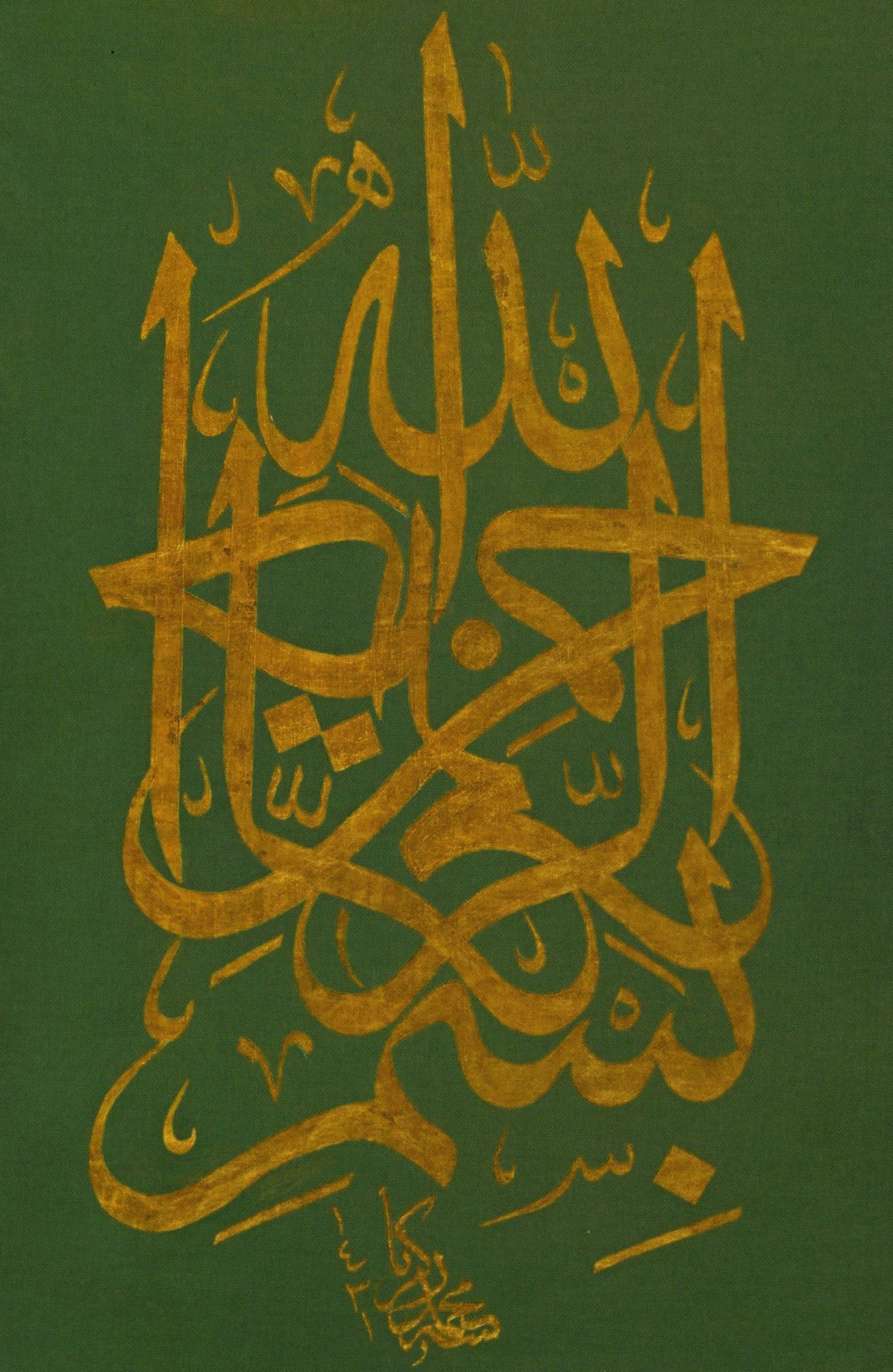
The technological pressures and promises of the 20th century have disconnected us from this heritage and practice. We were forced to let go of the fluidity of our forms, to adapt to the technological restraints of separated letters, with the same baseline and similar type heights. The intricate and interwoven lines of our script were compromised and the formal aesthetics were lost.
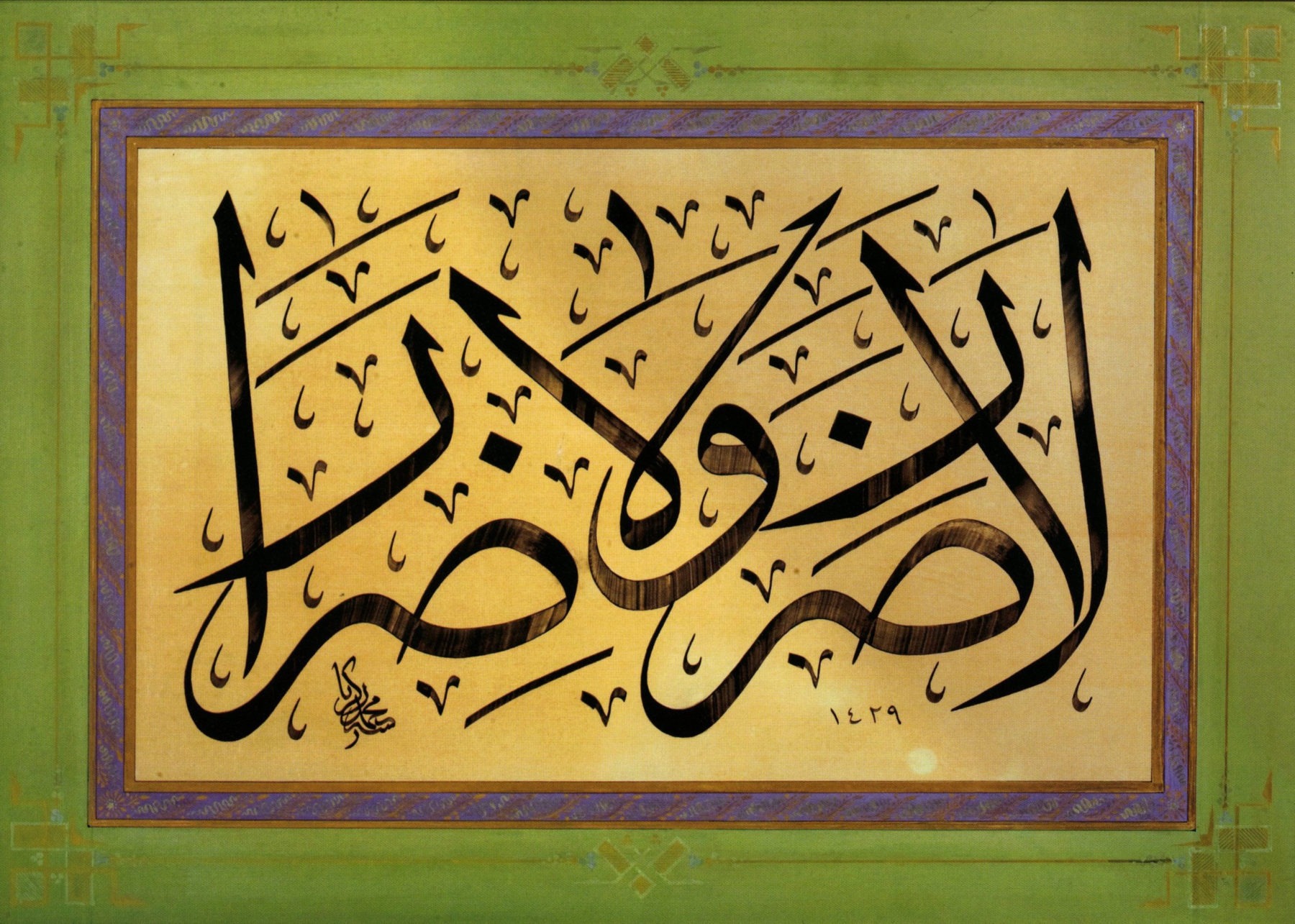
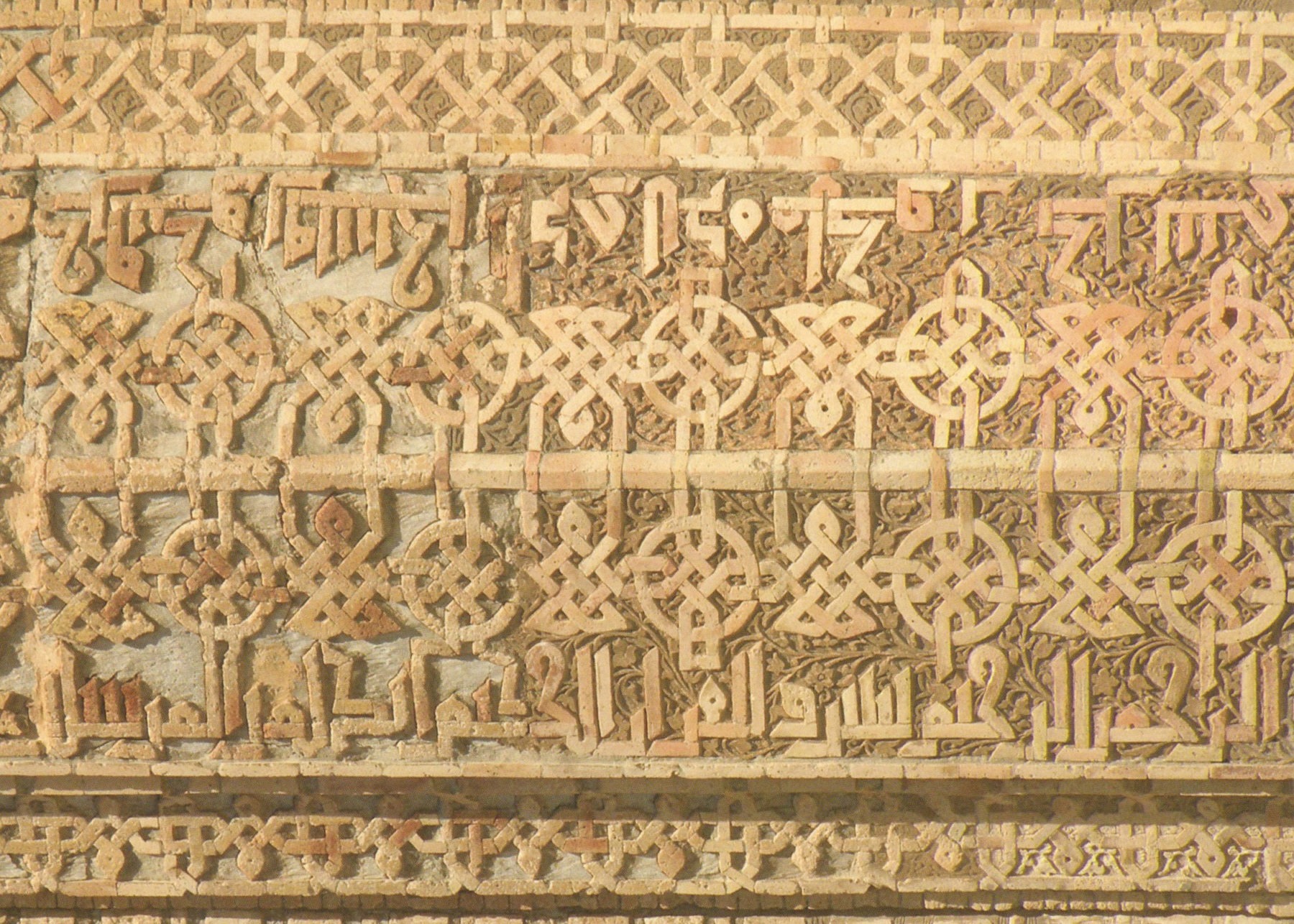

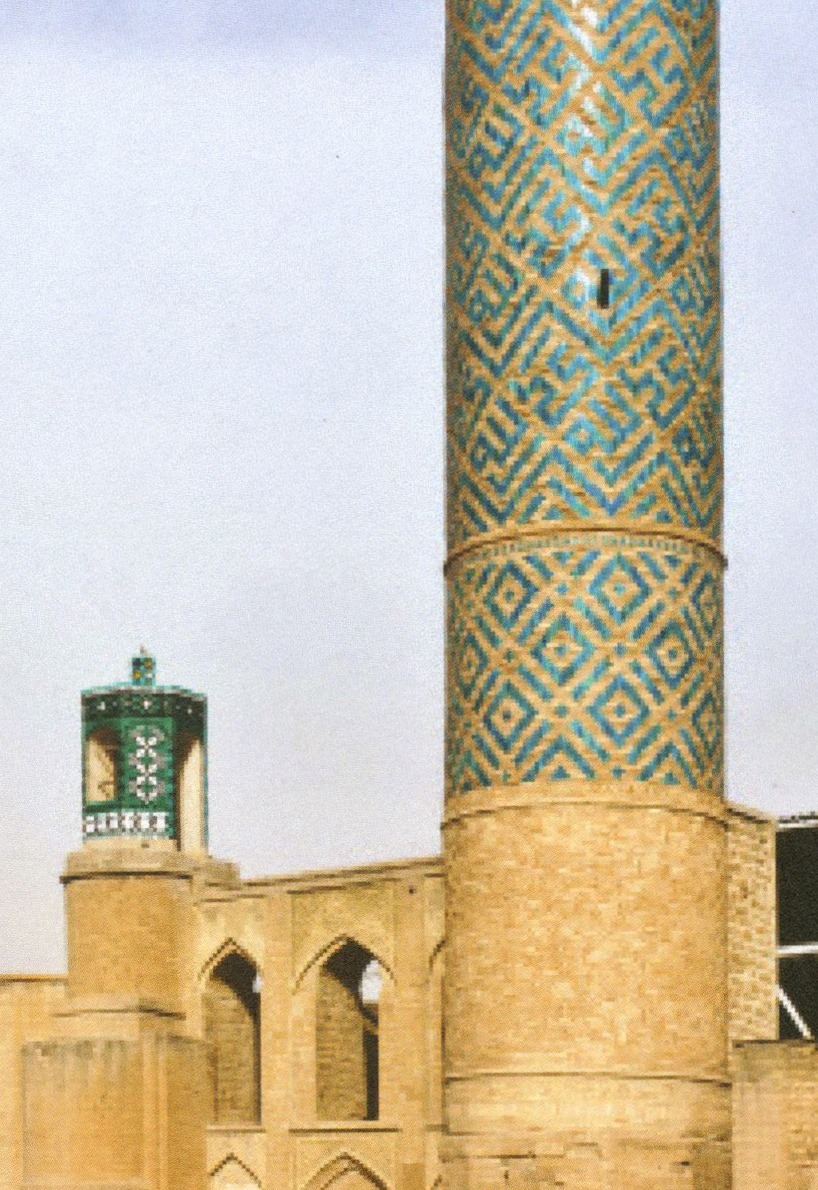
Jamel Shabazz grew up on the streets of Red Hook, Brooklyn and since picking up his first camera at the age of fifteen, he has been visually representing urban life in New York. He has made a name for himself by capturing some of the most aura-induced and iconic images of the ’80s, depicting a time of transition and the emergence of a new lifestyle and culture whose relevance still resonates today.
As one of the key people to immortalize New York over recent decades, Shabazz’s quintessential and mesmerizing work continues to influence international fashion trends and global youth culture to this day.
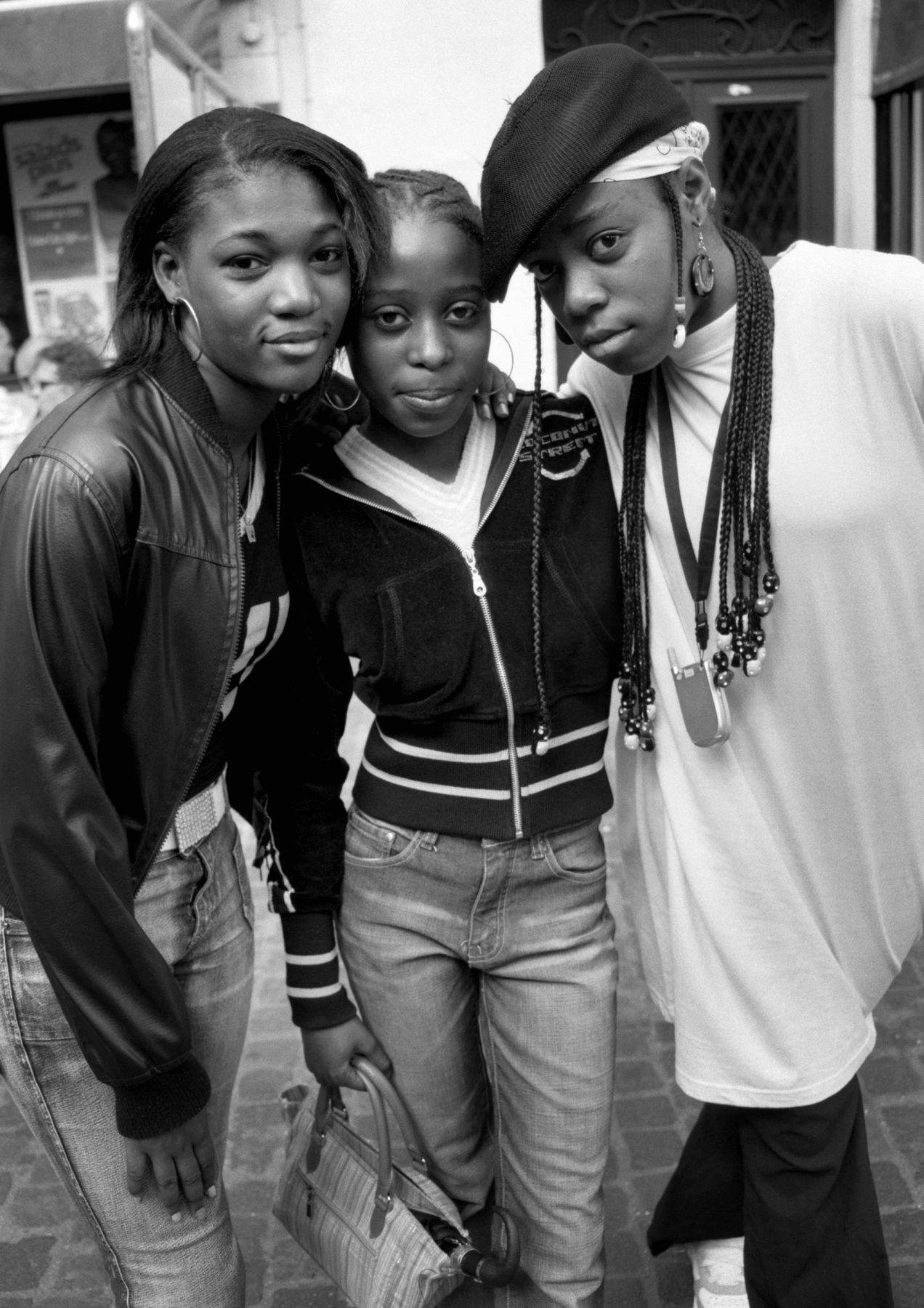
The 'Caillera'
Nous sommes Halles paints a portrait of a generation, that of the ‘caillera,’ a subculture of the early 2000s, with which he grew up. The series gives an account of caillera codes, identity and history at a moment when it begins to disappear.
Its members subvert the bourgeois norms of the Lacoste sportswear brand to invent their own style, against the grain of the preppy billboards with the alligator logo. In their own way, the caillera seem to have embraced the motto of the brand’s creator, tennis player René Lacoste: “Without style, playing and winning are not enough.”
In a similar vein, the children of hip-hop—then those of voguing—had appropriated the fashions of the time to reinvent themselves, wearing Kangol bucket hats, Gazelle sunglasses, Adidas shell toe shoes, and other attributes of a recomposed community which allowed its members, coming from low-income families, to break through the wall of invisibility hemming them in.
To people confined to the social peripheries, being part of a community opens access to a form of solidarity, recognition and creates a sense of belonging and collective pride. By shifting our perspective, Mohamed Bourouissa proposes another image of the banlieue, inviting us to rethink its identity.

These projects in Language-as-Machine are built on the belief that Arabic calligraphy is at the core of our artistic identity. The exhibition explores this artistic heritage through three lenses that look backward, look inward, and finally, look forward.
The artwork, Youth of the Future, looks back to explore Language Preservation and archive the work that has been done to preserve Arabic through childhood media that raised a generation of children with a strong connection to their language.
TypeAraby*, Electric Calligraphy, and Rays of Essence look inward at the language itself to explore Language Evolution. They speculate on how the form of the script can evolve beyond the constraints of the calligraphic pen, and adapt to be in harmony with the available technology, where the structures of the language and technology influence each other.
Becoming, looks forward and explores Language Revolution. Reimagining old technology into Arabic-centered systems that work in favor of the language. Looking into the past, to set a different path in the future that leads to more exploratory forms of the script.
2022
Cassette tape and case, RISO printed insert, Hologram & Glow-in-the-dark stickers, Walkman Cassette Player 1988 (Note: I may use a different cassette player called ‘We Are Rewind’, I need to test when we return to VCU).
Youth of the Future (Shabab Al-Mostaqbal) ( شباب المستقبل ) is a mixtape curated from a Qatari perspective consisting of 50 opening song tracks from cartoons and anime originating in the 1970’s, 80’s and 90’s. The songs, mostly from French, English and Japanese programming, have not only been dubbed into Arabic, but in many instances have been completely recreated with Arabic musical influence. The songs feature regional vocalists and use traditional instruments mixed with analog synthesizers. Many of the tracks derive from the company ‘Spacetoon’, a pan-Arab free-to-air television channel specializing in children’s programs, headquartered in Damascus and Dubai. Although the company officially launched in 2000, its roots go back to the 1980’s using fus’ha, or Arabic dubbing, to distribute anime in the region. The broadcast shows were prolific across the Middle East and North Africa and are said to have “educated, nurtured and instilled values” to an entire generation of children growing up in the 1990’s and onward, at times referring to them as “The Youth of the Future”.
The programming played two important roles. Firstly, the television shows connected children in the region to a wider global outlook, for instance, the cartoon about the life of a young girl in Japan (Chibi Maruko-chan, 1990) introduced Japanese culture and lifestyle. Secondly, the dubbed tracks emphasized the importance of the Arabic language during a time when spoken English was becoming popularized (de facto lingua franca) in many Gulf countries. The mixtape is a product of cultural preservation, it triggers joyful memories and alludes to a nostalgic past. But it is also forward looking, possibly calling attention to the impact of today’s technology and content consumption on the youth of our future.
The tracks on this mixtape were extracted from various online resources, including footage from vintage VHS tapes that have been reposted on Youtube by fans, enthusiasts and Spacetoon archives. The collection of songs has been curated by Roudah Alsheeb with assistance from Fatima Aldosari, digitally composed and edited by Michael Hersrud and produced by Sonic Jeel. The cassette tapes are duplicated at Analogue Media Technologies Inc. in Ontario, Canada. The project is designed by Roudah, Fatima and Michael, and RISO printed by Roudah with assistance from Hagar Allam at the VCUarts Qatar Fablab.
LED Matrix, acrylic, wood Electric Calligraphy is a series of anachronistic Arabic typeface designs that imagine an alternate timeline. Here the Arabic language plays a leading role in the development of early digital typographic display technologies which were once cutting-edge, but are now obsolete. It attempts to re-examine the evolutionary path of the Arabic script within these inherited technological constraints, to uncover new pathways for its development, adding new perspectives to the contemporary type design discourse. These grids explore what contemporary calligraphy might have been were it more intimate with the electronic revolution – calligraphy that is guided by light, and constructed with segments and modules – the artifacts of reduction, the dogma of the digital age. The Names of Allah are usually displayed in intricate calligraphy, to reflect the beauty of their meanings. Displaying them with light brings forth a new way to honor the Names in a contemporary setting that shows how the Names of Allah can be displayed beautifully within technology, without having to mimic traditional calligraphy.
2022
LED Matrix, acrylic
The Arabic language is built on a system of trilateral roots or a masdar, which refers to a three or four consonant based-word representing a core meaning or concept. Sacred Silence explores the letter ‘nun’ (ن) as a seed that grows into ‘kun’ (be) and the trilateral root ‘sakan’ (home/live) and finally manifests into ‘sukoon’ (stillness/bliss/quiet). The letter ‘nun’ is the 14th letter of the Arabic alphabet, marking the midpoint of the 28 letters. ‘Nun’, in its isolated form, opens Surat-al-Qalam in the Quran making it one of the deeply spiritually significant letters in Islam. It is reversible in spelling and symmetrical in shape, its circular bowl signifies the upper and lower worlds – the earth and cosmos. It also represents a vessel or an ark with the diacritic dot signifying the seed of immortality, or an indestructible core that evades exterior dissolutions. In Sacred Silence, the concepts of reflection and reversibility are explored to signify the dance between an internal spirituality and an external stillness, a journey from recognizing our existence through contemplative silence. The piece is composed of hundreds of LED bulbs that evoke the fractal multiplicity and repetition of nature, encompassing a spectrum from seeds to stars.
2022
Laser, MIDI controller, sheer fabric
Whether spoken or in ink, Arabic letterforms embody intrinsic meanings. Each letter, as part of a word, manifests nuance based on its contextual placement and individual spirit, creating a binding thread of connotations in every single unique word.
Experience these inherent characteristics, as you twist the knobs, and interact with the projected Arabic forms as individual beings. Discover what forms they might morph into and inhabit as they travel into the five sheer planes of language. From a letter to a complete narrative, the work aims to root the tools we use to shape our language, our heritage, and our identity, as we move into a future that we build, centered with our voices.
One focused laser beam draws the oscillating letterform over and over again. It moves at the speed of light, propelling us to imagine an alternative reality for Arabic. In this reality, Arabic letterforms are explored through computational tools and mathematical variables. Here, the letters drawn with light are unrestrained by the strokes and movements of a calligraphic pen. This is where new forms emerge.
A laser beam.
Layers of sheers.
A letterform.
You. Medium. Language.
Future. Space. Heritage.